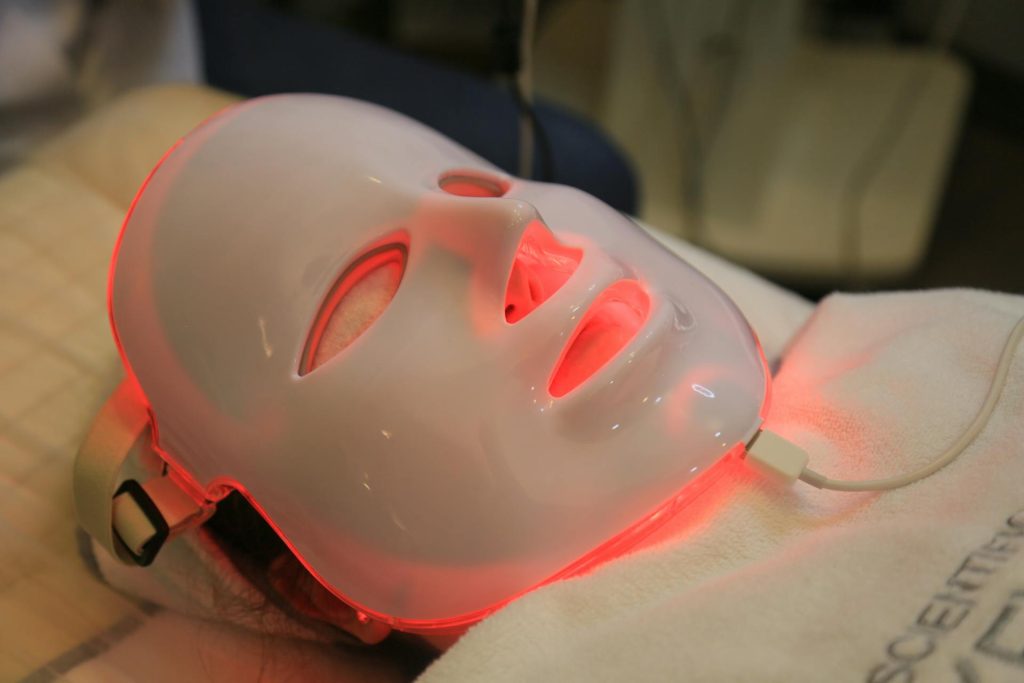Red light therapy, also known as low-level laser or light therapy (LLLT), is gaining momentum as a safe, non-invasive treatment for a wide range of health and wellness concerns. By using specific wavelengths of red and near-infrared light, this therapy stimulates cellular activity, promoting healing, reducing inflammation, and enhancing skin health. Originally developed for medical use, it has now expanded into mainstream wellness through innovative technologies and applications. From high-tech wearables to full-body systems, red light therapy is being reimagined for both clinical and home use. This article explores the latest breakthroughs in red light therapy and the benefits they offer.

Wearable Red Light Therapy Devices
One of the most significant innovations in red light therapy is the development of wearable technology. Modern wearable devices, as seen at https://mitoredlight.com/, incorporate flexible LED panels that can be wrapped around various parts of the body, providing targeted treatment with greater ease and convenience. These devices are commonly used to relieve muscle and joint pain, improve circulation, and support recovery in athletes and fitness enthusiasts. Some models also offer smartphone connectivity, enabling users to adjust settings and track usage. This on-the-go treatment option brings red light therapy out of the clinic and into everyday life, making it accessible for home use, work breaks, or even travel. With wearables, individuals can now receive consistent therapy without relying on fixed, bulky equipment.
Full-Body Red Light Therapy Beds
Another transformative advancement is the full-body red light therapy bed, which offers a spa-like experience for holistic healing. These beds use a range of light wavelengths to cover the entire body simultaneously, making them especially useful for systemic benefits such as reducing inflammation, supporting immune function, and improving sleep quality. Full-body treatments are particularly popular in wellness centers and luxury spas, where users seek deep relaxation and full-body rejuvenation. Some clinical studies suggest that whole-body light therapy may positively affect mood and energy levels, possibly due to the influence on melatonin and serotonin production. As more data supports its effectiveness, full-body red light therapy is emerging as a powerful option for those looking to address wellness on a deeper, more comprehensive level.
Targeted Skin Rejuvenation with Custom Wavelengths
Red light therapy has long been associated with skin improvement, but newer approaches now involve customized wavelengths to target specific dermatological issues more precisely. Devices can be tuned to emit different combinations of red and near-infrared light, which penetrate the skin at varying depths. For example, wavelengths around 630nm are typically used to treat surface concerns such as fine lines and redness, while longer wavelengths like 850nm can reach deeper tissue layers to stimulate collagen production and reduce wrinkles. Some dermatology clinics now offer personalized sessions based on an individual’s skin type and concerns, increasing the likelihood of optimal results. These targeted applications are particularly helpful for people dealing with acne, sun damage, or age-related skin issues.
Integration with Other Therapies
Combining red light therapy with other therapeutic techniques is another innovative trend gaining traction in both clinical and wellness circles. For example, pairing red light therapy with cryotherapy, massage, or infrared sauna treatments can enhance the effects of each modality. The synergy between these treatments can amplify blood flow, accelerate tissue repair, and enhance overall recovery. In sports medicine, red light therapy is now being integrated with physical therapy routines to help reduce downtime after injury and improve athletic performance. In aesthetic practices, it may follow procedures like microneedling or chemical peels to soothe inflammation and promote faster healing. This integrative approach demonstrates how red light therapy can complement other wellness practices rather than function as a standalone solution.
Mental Health Applications and Mood Enhancement
While much of the focus around red light therapy has centered on physical healing, growing research and anecdotal evidence are highlighting its potential mental health benefits. Studies have suggested that near-infrared light can penetrate the skull and stimulate brain regions associated with mood regulation, potentially reducing symptoms of depression and anxiety. Some devices are designed specifically for brain stimulation and cognitive enhancement, offering targeted light exposure around the forehead or temples. This emerging area of application aligns with the broader trend of non-pharmaceutical interventions for mental health. Although more large-scale studies are needed, early findings are promising and suggest that red light therapy may one day play a role in mental wellness strategies, especially for individuals looking for alternative or supplementary treatments.

Innovative approaches to red light therapy are pushing the boundaries of what this once-specialized treatment can achieve. With wearable devices, full-body systems, and integration into diverse fields such as skincare, mental health, and dentistry, red light therapy is evolving into a multifaceted tool for wellness. As technology advances and more scientific backing emerges, these innovations could transform how we approach health, making healing more accessible, personalized, and holistic than ever before.

Founder Dinis Guarda
IntelligentHQ Your New Business Network.
IntelligentHQ is a Business network and an expert source for finance, capital markets and intelligence for thousands of global business professionals, startups, and companies.
We exist at the point of intersection between technology, social media, finance and innovation.
IntelligentHQ leverages innovation and scale of social digital technology, analytics, news, and distribution to create an unparalleled, full digital medium and social business networks spectrum.
IntelligentHQ is working hard, to become a trusted, and indispensable source of business news and analytics, within financial services and its associated supply chains and ecosystems









